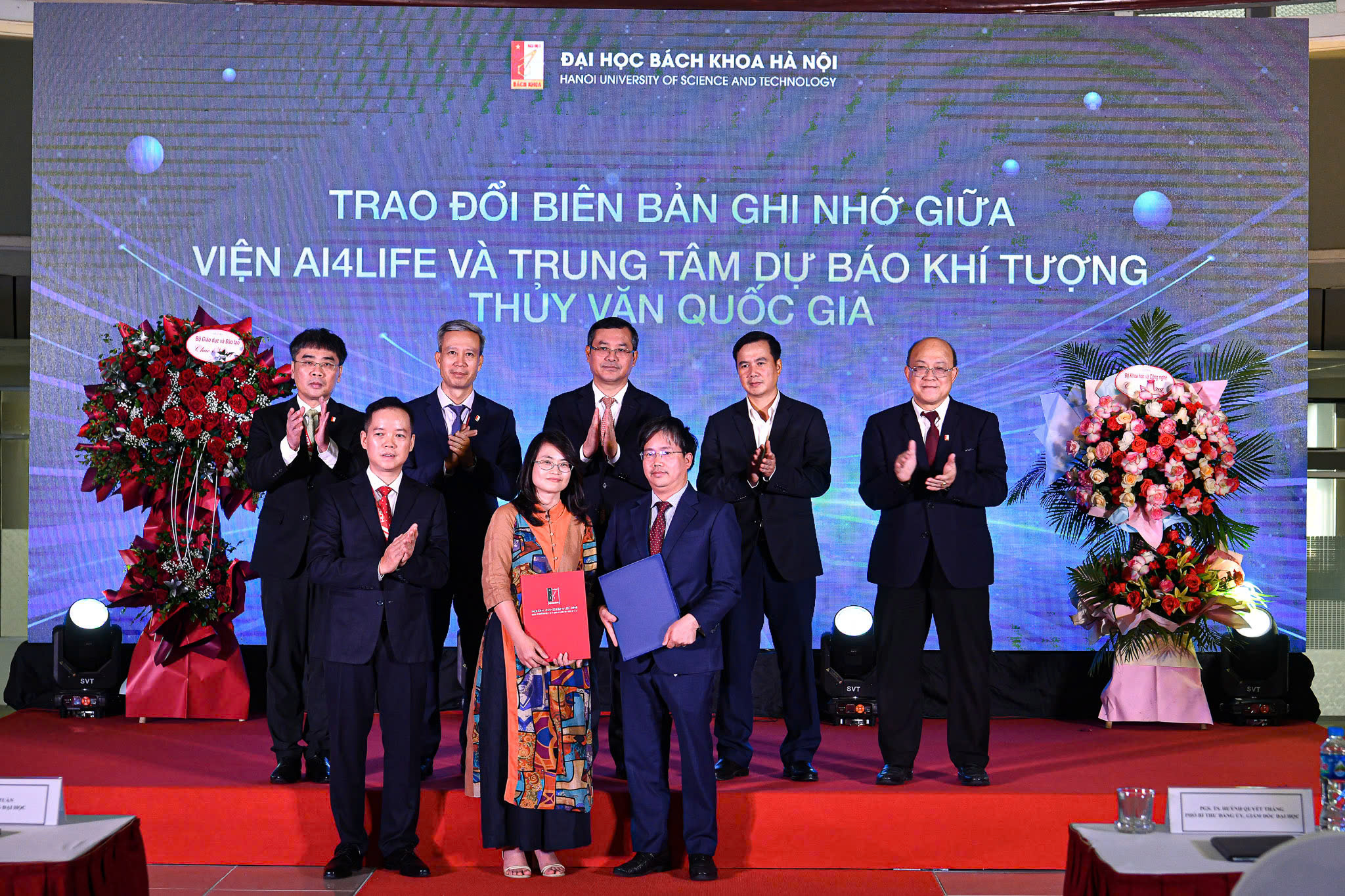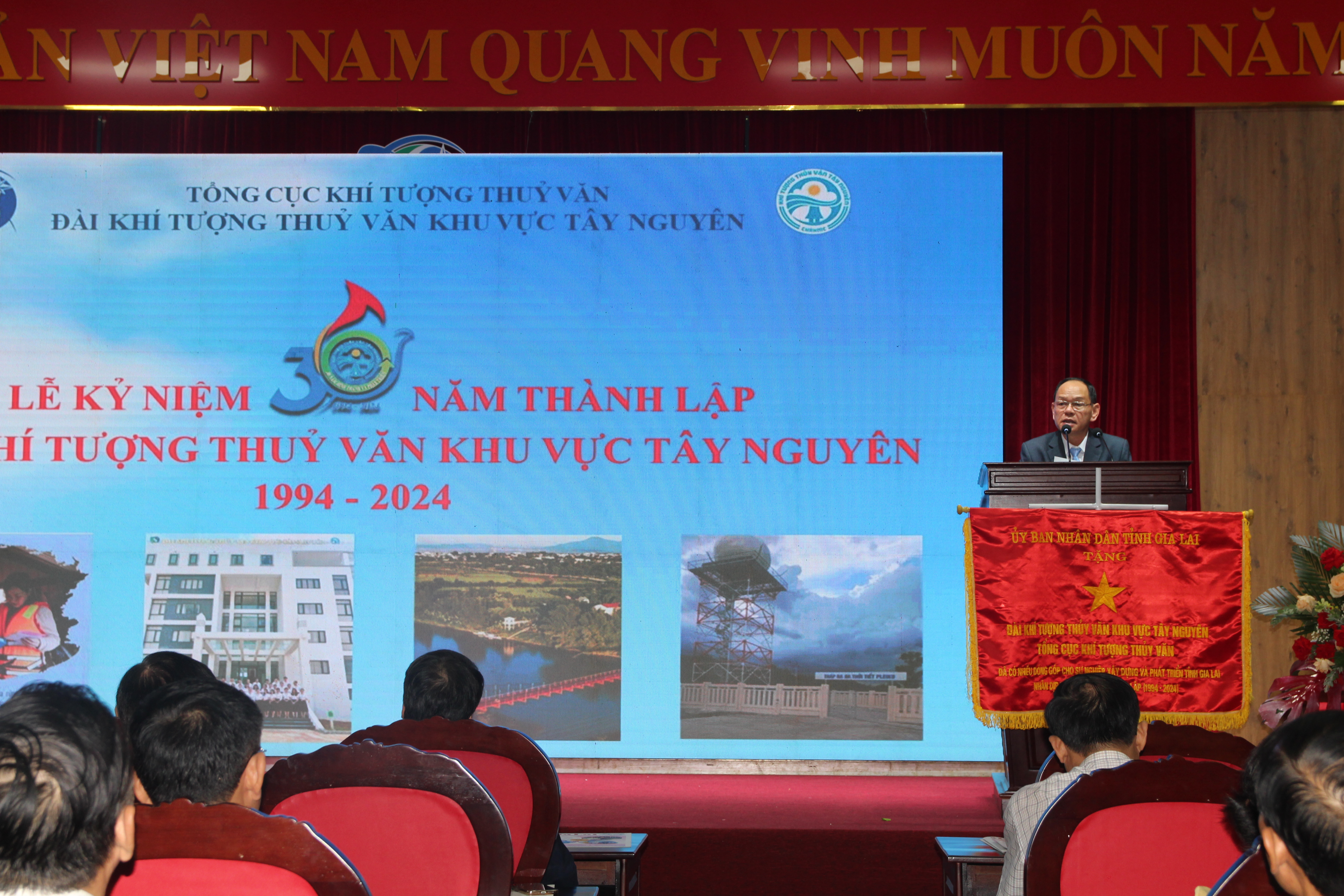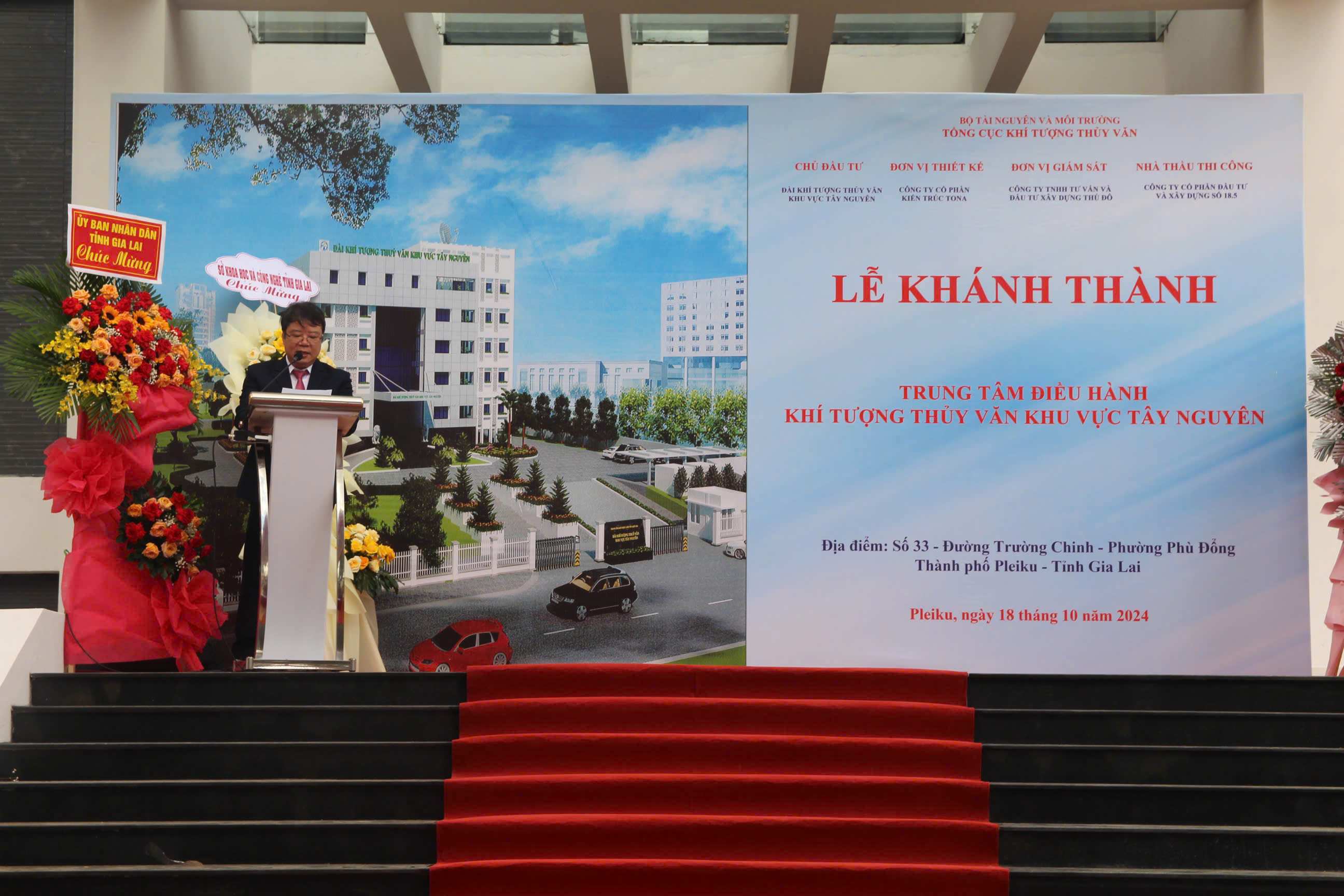|
TT |
Tên bài và tác giả |
Số Trang |
|
1 |
Projection of abnormal cold surge in winter over the northern part of Viet Nam using RegCM model according to RCP4.5 and RCP8.5 scenarios for 2020–2100 period Hoa Vo Van1* 1Northern Delta Regional Hydro–Meteorological Center; vovanhoa80@yahoo.com *Correspondence: vovanhoa80@yahoo.com; Tel.: +84–912509932 Abstract: This article presents the results of projection of abnormal cold surge in winter in the Northern region of Vietnam for the period 2020–2100 based on the regional climate model RegCM under different scenarios Climate change RCP4.5 and RCP8.5 are generated from five Atmospheric–Ocean Global Circulation Models (AOGCM) including CNRM–CM5, CSIRO, MPI–ESM, EC–Earth and GFDL–ESM. The magnitude and variability of abnormal cold surge vary considerably across scenarios and across different global inputs. The estimated results show a decreasing trend of abnormal cold surge in winter over the Northern region in the period 2020–2100 under both scenarios RCP4.5 and RCP8.5. The reduction under the RCP8.5 scenario is larger than that of the RCP4.5 scenario. The frequency of abnormal cold surge in the early 21st century is higher than in the middle and late 21st century. Keywords: Abonormal cold surge; Winter; Northern region of Viet Nam; RegCM model; RCP scenarios. |
1 |
|
2 |
The impact of Climate Change on the transportation in Binh Thuan Province Nguyen Van Hong1*, Vo Thi Nguyen1 1 Sub Institute of Hydrometeorology and Climate Change; nguyenvanhong79@gmail.com; vothinguyen.bb@gmail.com *Correspondence: nguyenvanhong79@gmail.com; Tel.: +84–913613206 Abstract: The paper provides information on the assessment of the impact of the change in temperature and rainfall under the RCP4.a scenario in the middle and end of 21st century on the transportation in Binh Thuan Province. According to the simulation results, the temperature in Binh Thuan Province increases by 1.29–1.43oC in the middle of 21st century and 1.77–1.87oC by the end of the 21st century. Rainfall increases from 8.5–14% in the middle of the 21st century and 9.5–21.6% by the end of the 21st century. This has an impact on road, rail and seaport operations. The roads are at risk of deforming, increasing service and maintenance costs. Keywords: Temperature; Rainfall; Climate change scenarios; Impacts; Transportation |
9 |
|
3 |
Application of machine learning method–decision tree to Ha Phong Doan1*, Thanh Bang Nguyen1, Dang Hung Tran1, Dao Xuan Hoang1, Tran Anh Doan1 1Vietnam Institute of Meteorology Hydrology and Climate Change (IMHEN); doanhaphong@gmail.com; bangnt29@gmail.com; danghung2261991@gmail.com; hoangdx81@gmail.com; dtrananh2612@gmail.com Abstract: Decision tree classification algorithms have significant potential in classifying remote sensing data. This article’s approach method using decision tree technology to classify remote sensing images with the representative object as oil spill. First, this paper discusses the algorithmic structure and algorithmic theory of the decision tree. Second, the build of decision tree classification algorithm with 10 branches for oil spill classification using Sentinel 2 image data based on the JavaScript application’s online interface (API) called Code Editor. Decision tree technology has several advantages for remote sensing applications due to their relatively simple, clear and intuitive classification structure. Keywords: Decision Tree; Classification; Models; Machine Learning; Remote sensing image; Oil Spill. |
16 |
|
4 |
The advantage of using satellite data together with the hydraulic model in flood hazard assessment: A case study in Ca River downstream Van Anh Truong1, Anh Quan Duong2*, Ngoc Quy Bui2, Van Hiep Pham2, Danh Duc Nguyen2, Xuan Quang Truong3, Thi Mai Anh Tran4 1 Faculty of Meteorology and Hydrology, Hanoi University of Nature resources and Environment; tvanh@hunre.edu.vn Abstract: In Vietnam, the Central area faced the highest frequency of flood; in 2020, 13 tropical depressions landed in Vietnam, 8 of them came to the Central area within more than one month, from the 7th October to 15th November caused a loss estimated at 30000 billion in Vietnam Dong(VND), and 249 people died. Flood management in this area is a crucial task for local authorities. In flood management, flood simulation is the critical task needed for every flood management strategy. Many methods can make the flood simulation. In those methods, hydraulic modeling is the widest apply in Vietnam. This method shows its advantages in many aspects, but they also have limitations compare to other methods. The hydraulic model can predict floods with complex conditions and multi–input. In this study, flood simulation is made by applying hydraulic modeling. The study area is downstream of the Ca river basin, affected area by flood in Central Vietnam. The flood simulation is made with four flood scenarios in MIKE packages: 1%, 2%, 5%, and 10%, representing the flooding return period of 100, 50, 20, and 10 years. The flood simulation provides flood map based on the modeling result. Those data is validated and compare with flood areas from satellite images in the study area. The study shows the advantages and disadvantages of hydraulic modeling in flood simulation and flood mapping from satellite images. There is a very high potential of using the hydraulic model together with satellite data for flood hazard assessment. Keywords: Flood mapping; Hydraulic model; MIKE; River basin flood; Sentinel 1 |
28 |
|
5 |
Degradation of perfluorooctanoic acid in aqueous solution with sulfate radicals generated in the UV/sodium sulfate system Huu–Tuan Do1*, Lan–Anh Phan Thi2, 3, Thuy Hanh Pham1 1Faculty of Environmental Sciences, VNU University of Science, Vietnam National University, Hanoi, 334 Nguyen Trai, Thanh Xuan, Hanoi, Vietnam; tuandh@vnu.edu.vn, hanhph.0901@gmail.com 2VNU Key Laboratory of Analytical Technology for Environmental Quality and Food Safety Control (KLATEFOS), VNU University of Science, Vietnam National University, Hanoi, 334 Nguyen Trai, Thanh Xuan, Hanoi, Vietnam; lananh@vnu.edu.vn 3Center for Environmental Technology and Sustainable Development (CETASD), VNU University of Science, Vietnam National University, Hanoi, 334 Nguyen Trai, Thanh Xuan, Hanoi, Vietnam; lananh@vnu.edu.vn *Correspondence: tuandh@vnu.edu.vn; Tel.: +84–2438584995 Abstract: Perfluorooctanoic acid (C7F15COOH, PFOA) is a persisted organic pollutant widely used in industry in recently. It is widespread occurrence in the environment and because of its ability to bioaccumulate. PFOA is reported toxic and carcinogenic to animals such as rats, fishes, monkeys, and even humans. Photodegradation PFOA solution in presence Na2SO4 was studied in this study. PFOA was photodegraded about 93% after 24h by using a combination of UV 254nm irradiation and Na2SO4 30mM, while under only UV irradiation, 43% of PFOA was photodegraded. Na2SO4 30mM was the concentration that photodegradation PFOA reached highest efficiency. The optimal temperature for PFOA degradation is 25oC. Keywords: Perfluorooctanoic acid; Photodegradation; Treatment; Radical scavenger |
44 |
|
6 |
Mapping the residual tidal ellipse from Vung Tau–Bac Lieu, Viet Nam by using a numerical model in curvilinear coordinate Tran Thi Kim1,2,4, Nguyen Khac Thanh Long3,4, Nguyen Thi Thu Hong1, Nguyen Ky Phung5, Nguyen Thi Bay3,4* 1 Ho Chi Minh City University of Natural Resources and Environment; ttkim@hcmunre.edu.vn 2 Institute of Environment and Natural Resources, Vietnam National University Ho Chi Minh City; ttkim@hcmunre.edu.vn 3 University of Technology; ntbay@hcmut.edu.vn 4 Vietnam National University Ho Chi Minh City; ntbay@hcmut.edu.vn 5 Institute of Computational Science and Technology; kyphungng@gmail.com *Correspondence: ntbay@hcmut.edu.vn; Tel.: +84–902698585 Abstract: Tidal currents are often the dominant source of current variability and play an important role in shaping coastal bottom topography. In this paper, the authors applied a hydraulic model in curvilinear coordinates to calculate 4 main tidal constituents, namely K1, O1, M2 and S2 in a region from Vung Tau–Bac Lieu, Viet Nam. The hydraulic model with the two–dimensional orthogonal curvilinear grid has the advantage of increasing the accuracy of the results at the domain boundary. The numerical method of this model derives from the solution of the Reynolds system of equations averaged over depths in the curvilinear coordinate systems. The model verification is implemented based on the equilibrium of the tidal currents of energy. The result of this model is used to map ellipse constituents and help understand more about the tidal deposition from Vung Tau to Bac Lieu, Viet Nam. The results recorded that the residual tidal ellipse M2 from Vung Tau–Bac Lieu, the greatest ellipses are M2, followed by the tidal constituents K1, O1 and S2. This rotation of the ellipse is almost the same with clockwise. Keywords: Ellipse constituents; Tidal constituents; Numerical model; Curvilinear co–ordinates. |
50 |
|
7 |
The necessity of water resources inventory in Vietnam Nguyen Thi Minh Hang1*, Nguyen Cao Don2 1 Thuyloi University, No. 175 Tay Son Street, Dong Da, Hanoi, Vietnam; hangntm@tlu.edu.vn 2 Water Resource Institute, Ministry of Natural Resources and Environment, No.8 Phao Dai Lang Street, Dong Da, Hanoi; ncaodonwri@gmail.com *Corresponding author: hangntm@tlu.edu.vn; Tel.: +84–354607643 Abstract: Water resources inventory has become one of the important issues in many countries including Vietnam in order to build a database on the quantity of water sources, of water amount, water quality, current status of exploitation and polluted discharge into the water sources, economic value of water, so as to serve national water resource reports and information needs on water resources for socio-economic activities, national defense, security, science, education, training and other needs, etc., and serve as a basis for formulating and adjusting master plans and plans on water resources, as a basis for adjusting policies and laws on water resources. Till now, a number of countries have carried out activities for water resources inventory, but the inventory of water resources in Vietnam has not been officially implemented due to lacks of scientific basis in developing the inventory indicators and limitation of other resources. This article presents the contents related to water resource inventory in some countries and the current status of national water resource inventory activities in order to provide a system inventory criteria and methodology to be used in the inventory of water resources in future development. Keywords: Water resources; Water resources statistics; Water resources inventory; Sets of inventory indices; Water planning. |
64 |



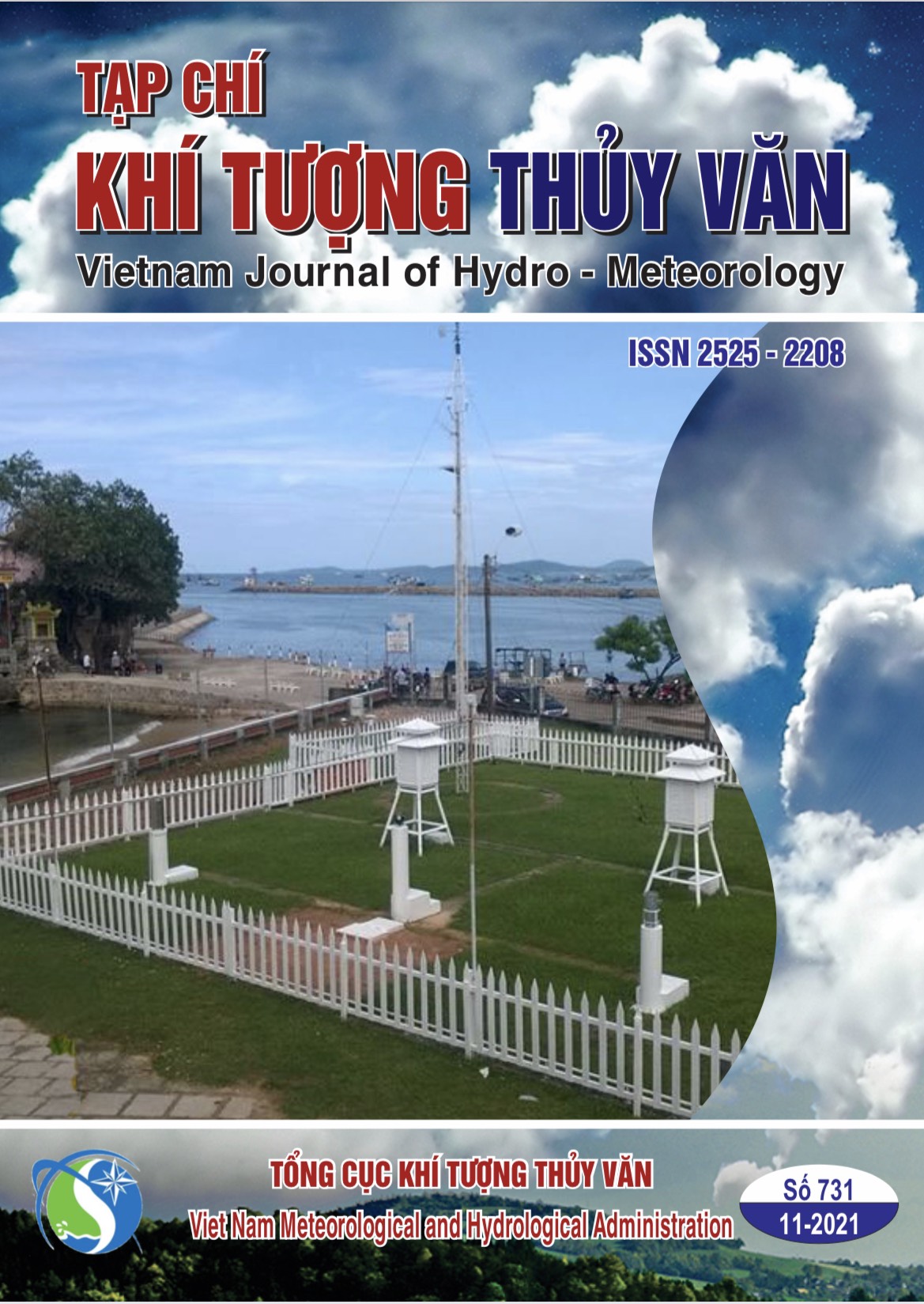
.jpg)
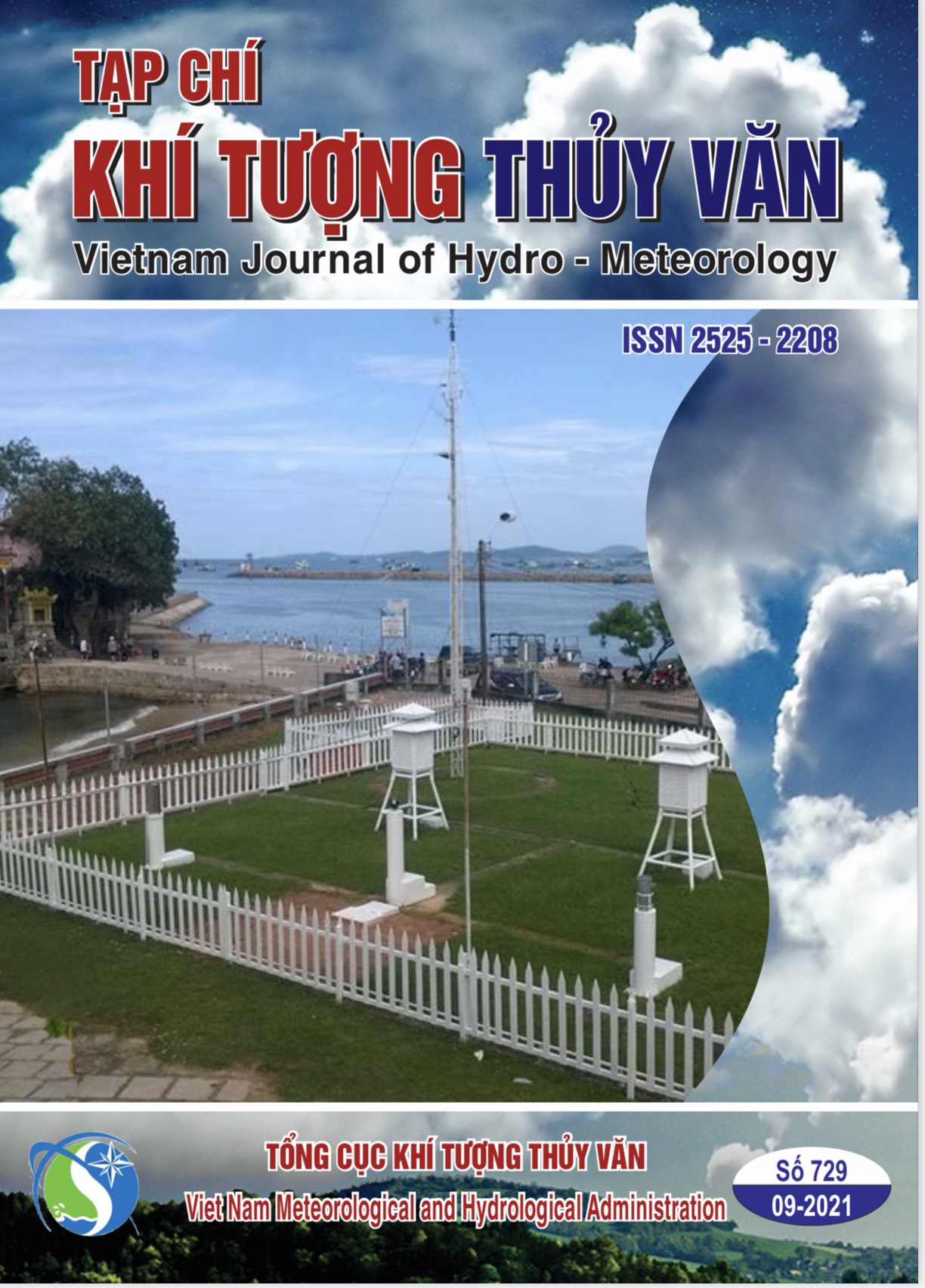
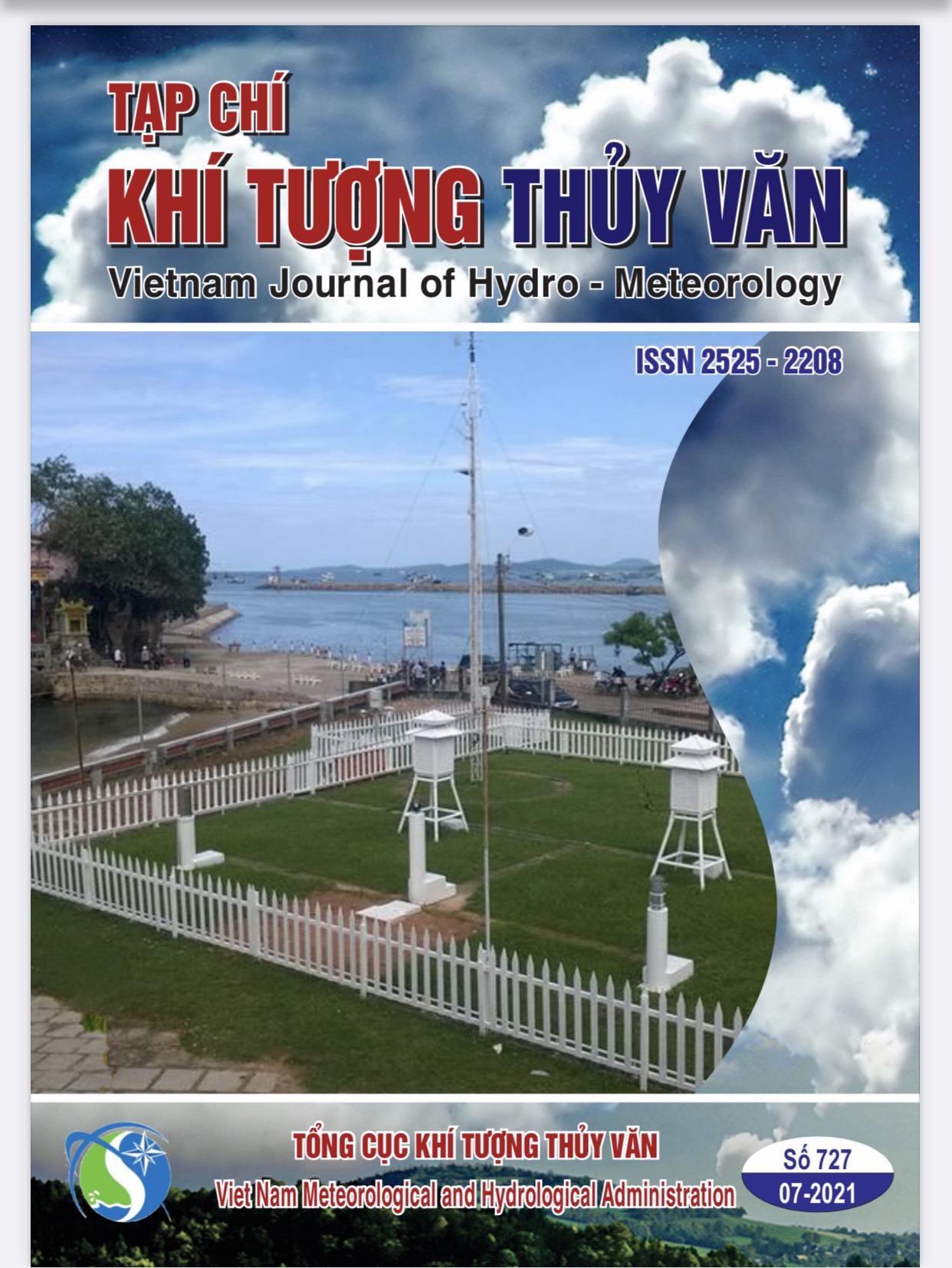
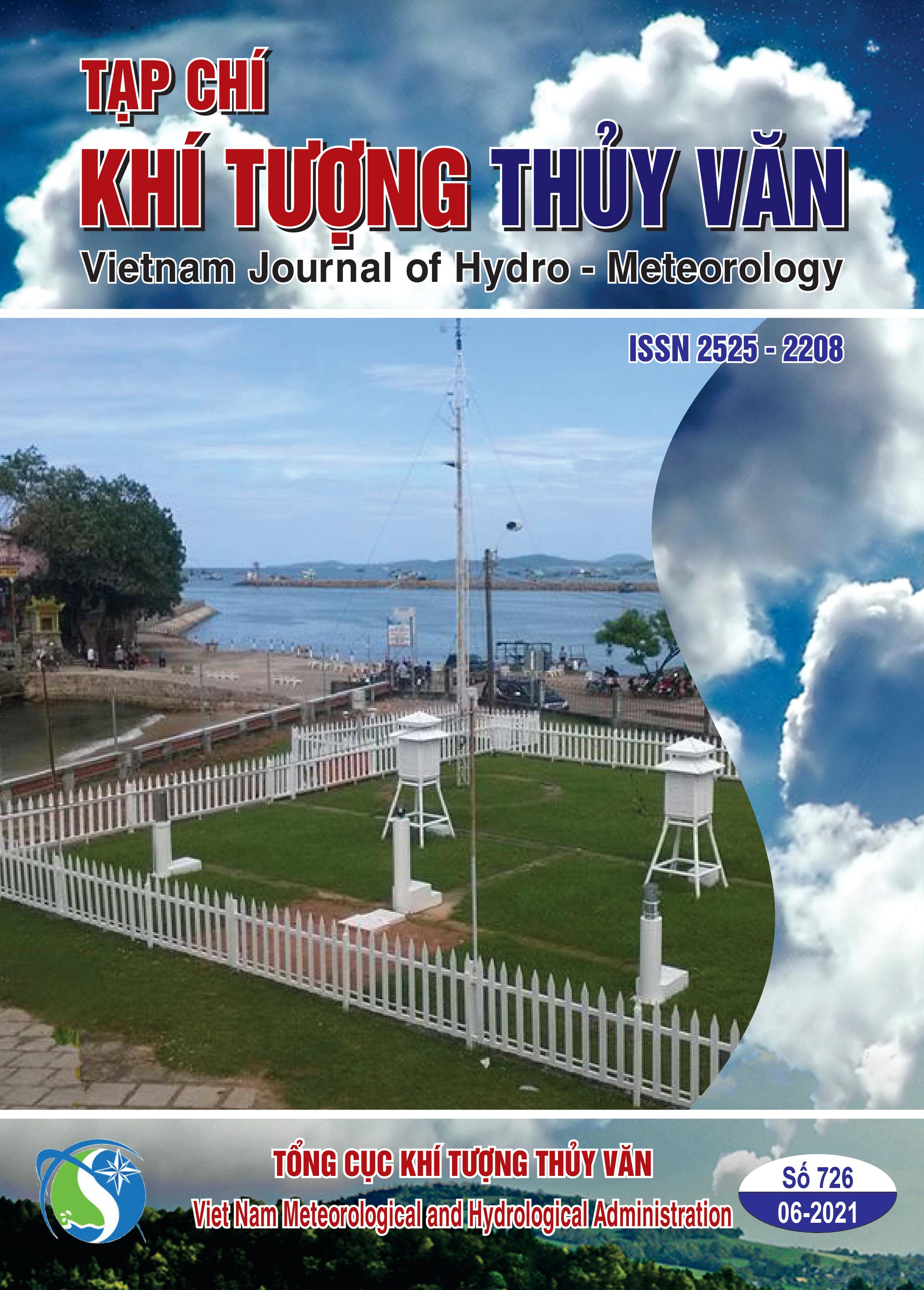

.jpg)
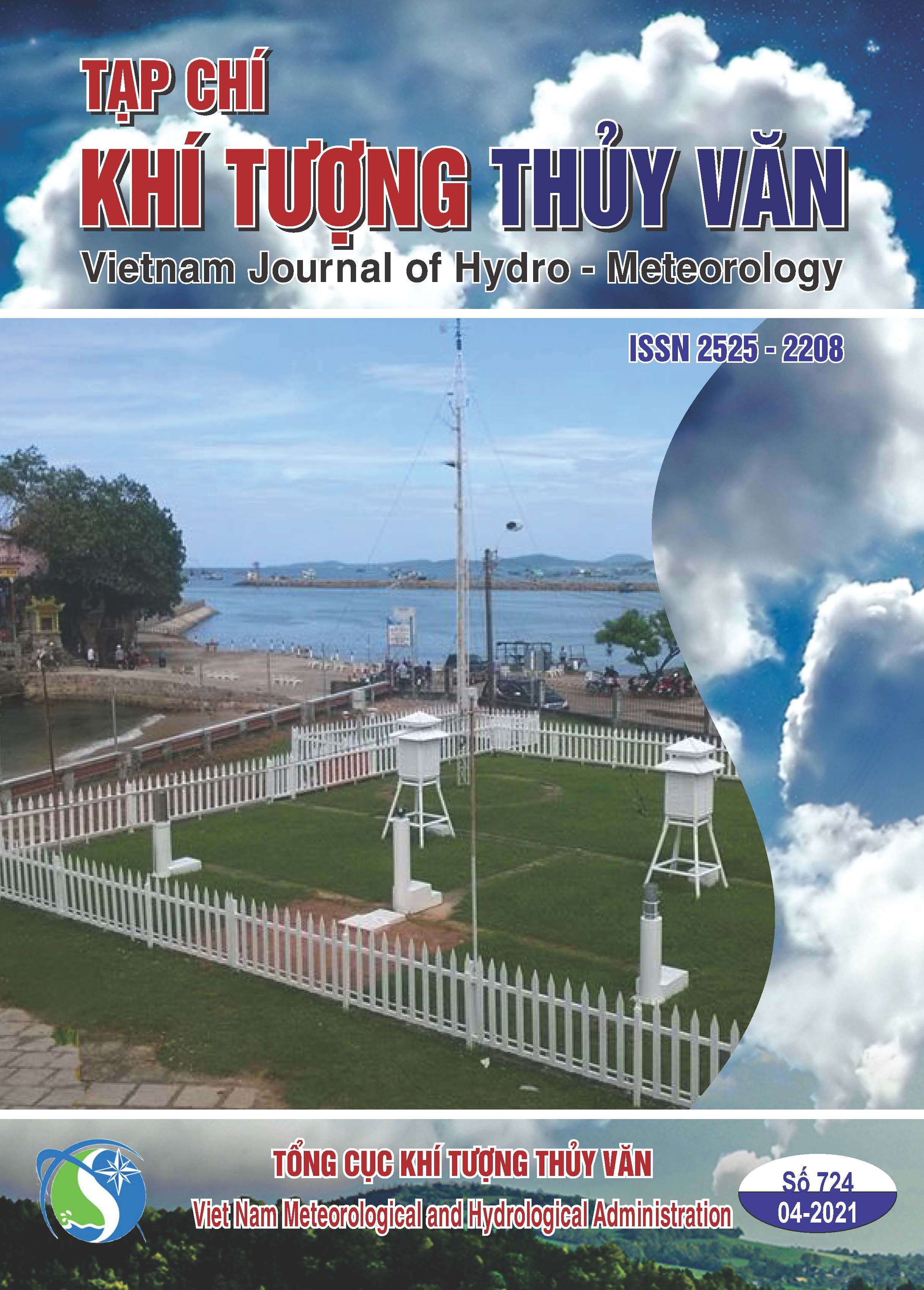
.png)
.png)
 Theo Trung tâm Dự báo khí tượng thủy văn quốc gia, hồi 4 giờ ngày 11-11, vị trí tâm bão số 7 ở vào khoảng 17,5 độ Vĩ Bắc; 111,8 độ Kinh Đông, trên vùng biển phía Bắc quần đảo Hoàng Sa. Sức gió mạnh nhất vùng gần tâm bão mạnh cấp 8, giật cấp 10. Di chuyển theo hướng Tây Nam, tốc độ khoảng 15 km/giờ.
Theo Trung tâm Dự báo khí tượng thủy văn quốc gia, hồi 4 giờ ngày 11-11, vị trí tâm bão số 7 ở vào khoảng 17,5 độ Vĩ Bắc; 111,8 độ Kinh Đông, trên vùng biển phía Bắc quần đảo Hoàng Sa. Sức gió mạnh nhất vùng gần tâm bão mạnh cấp 8, giật cấp 10. Di chuyển theo hướng Tây Nam, tốc độ khoảng 15 km/giờ. 
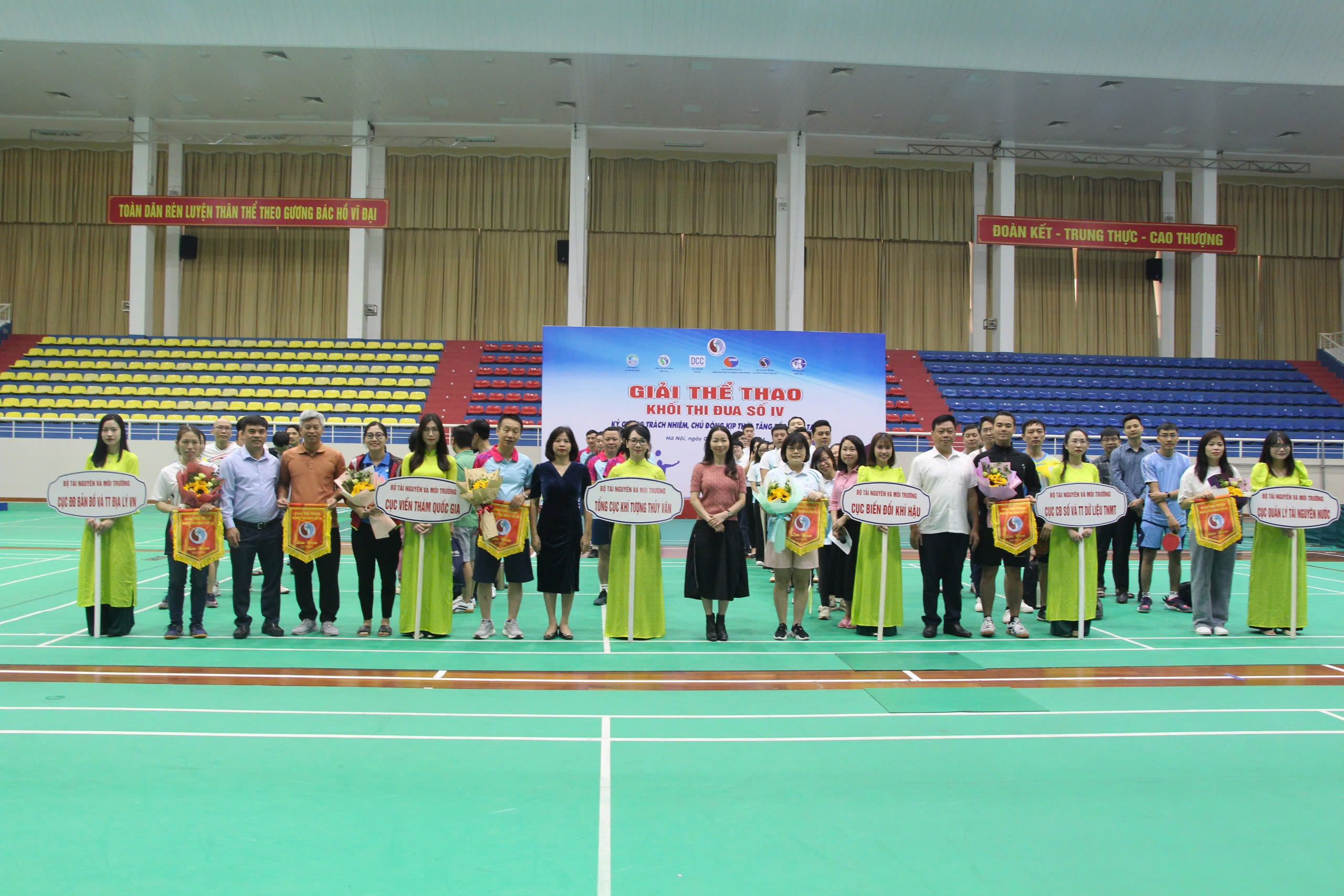
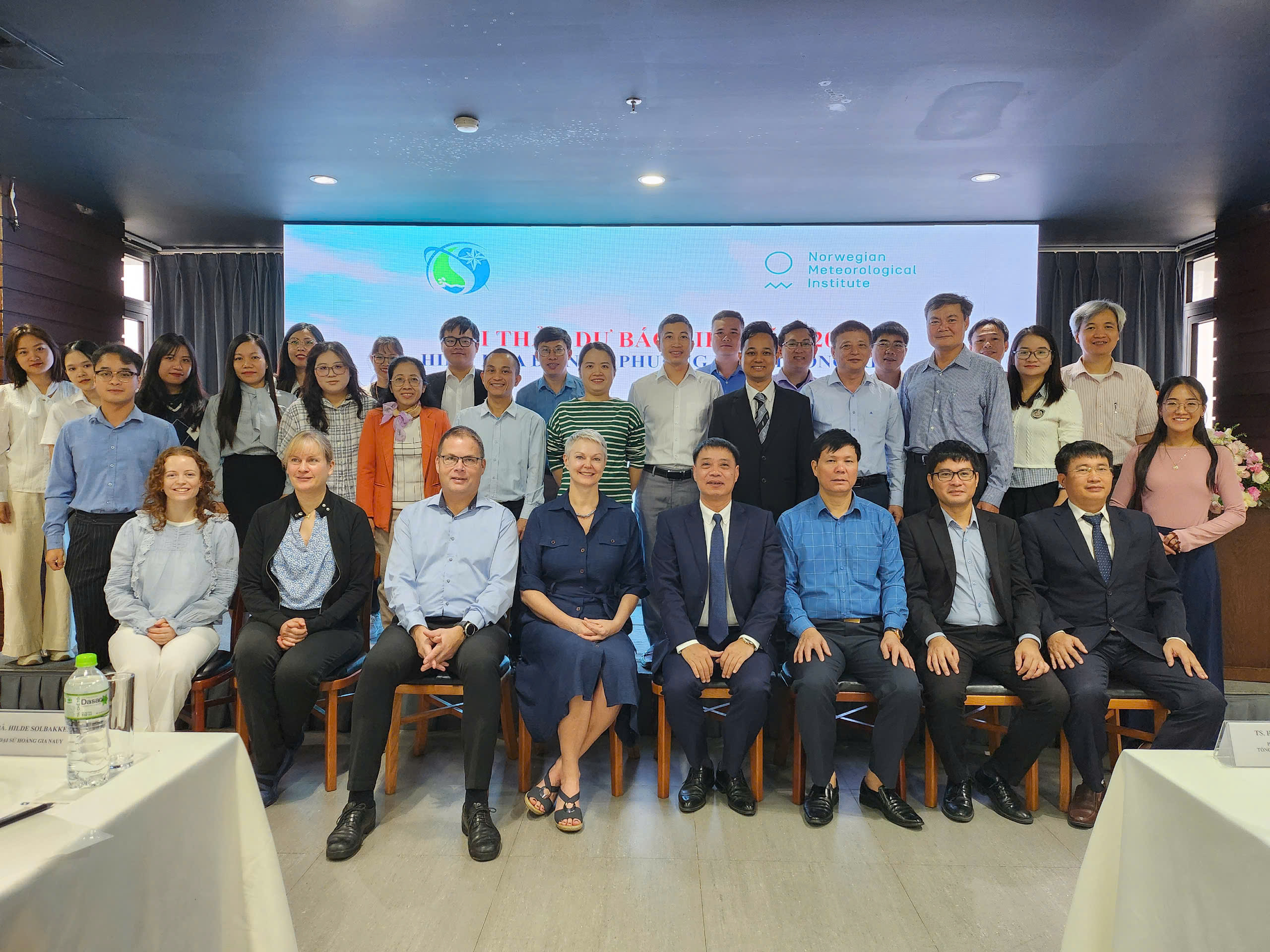
.jpg)
